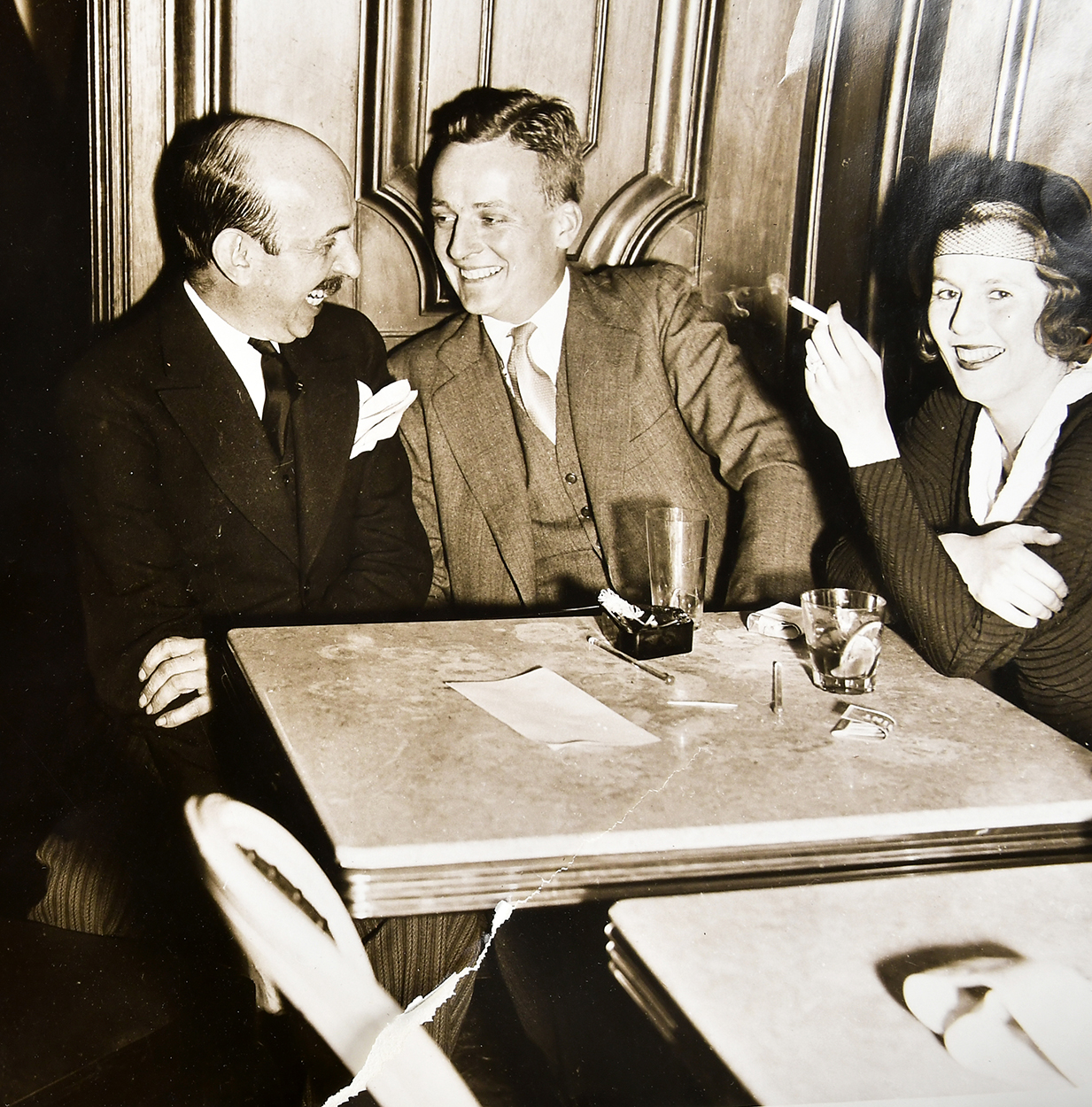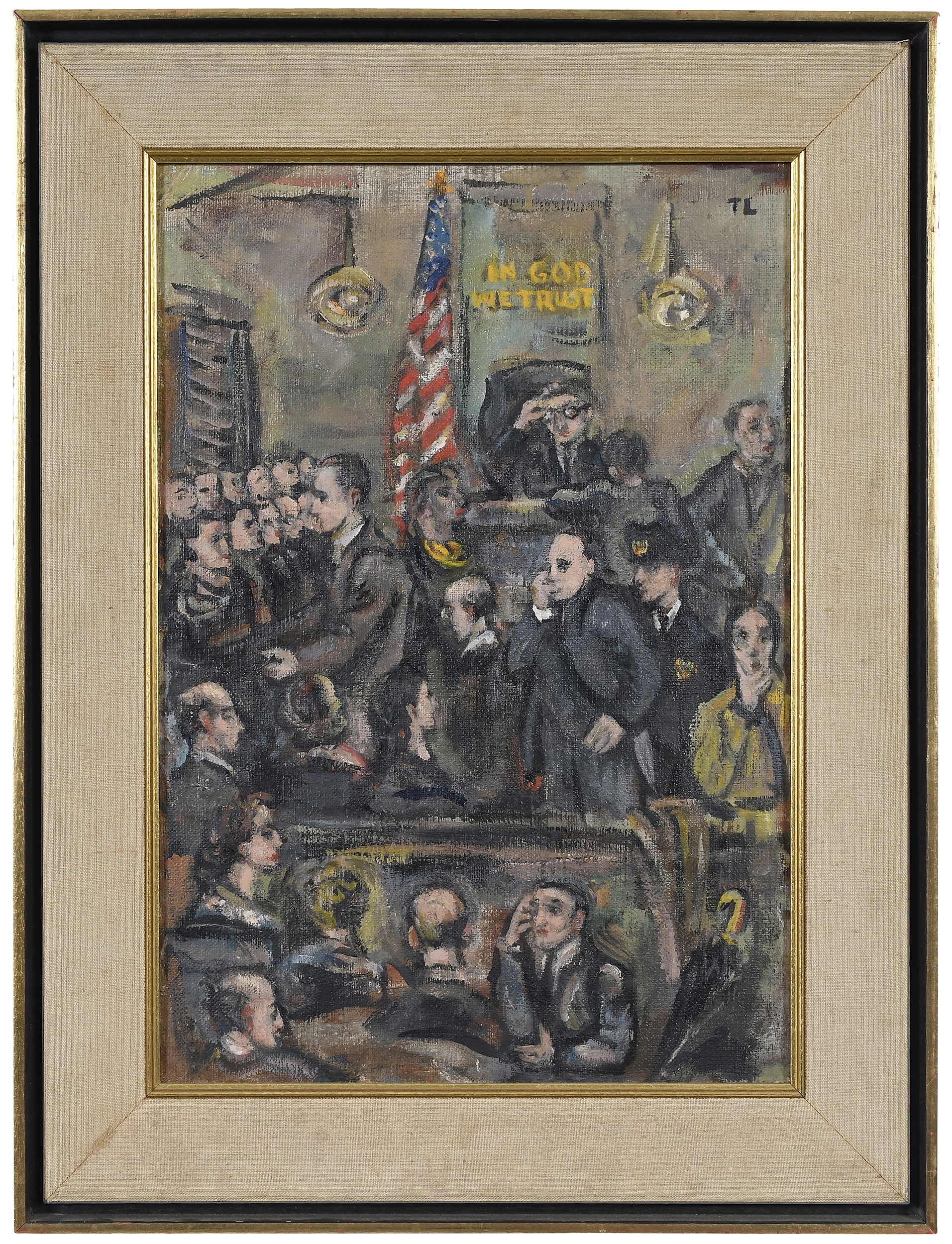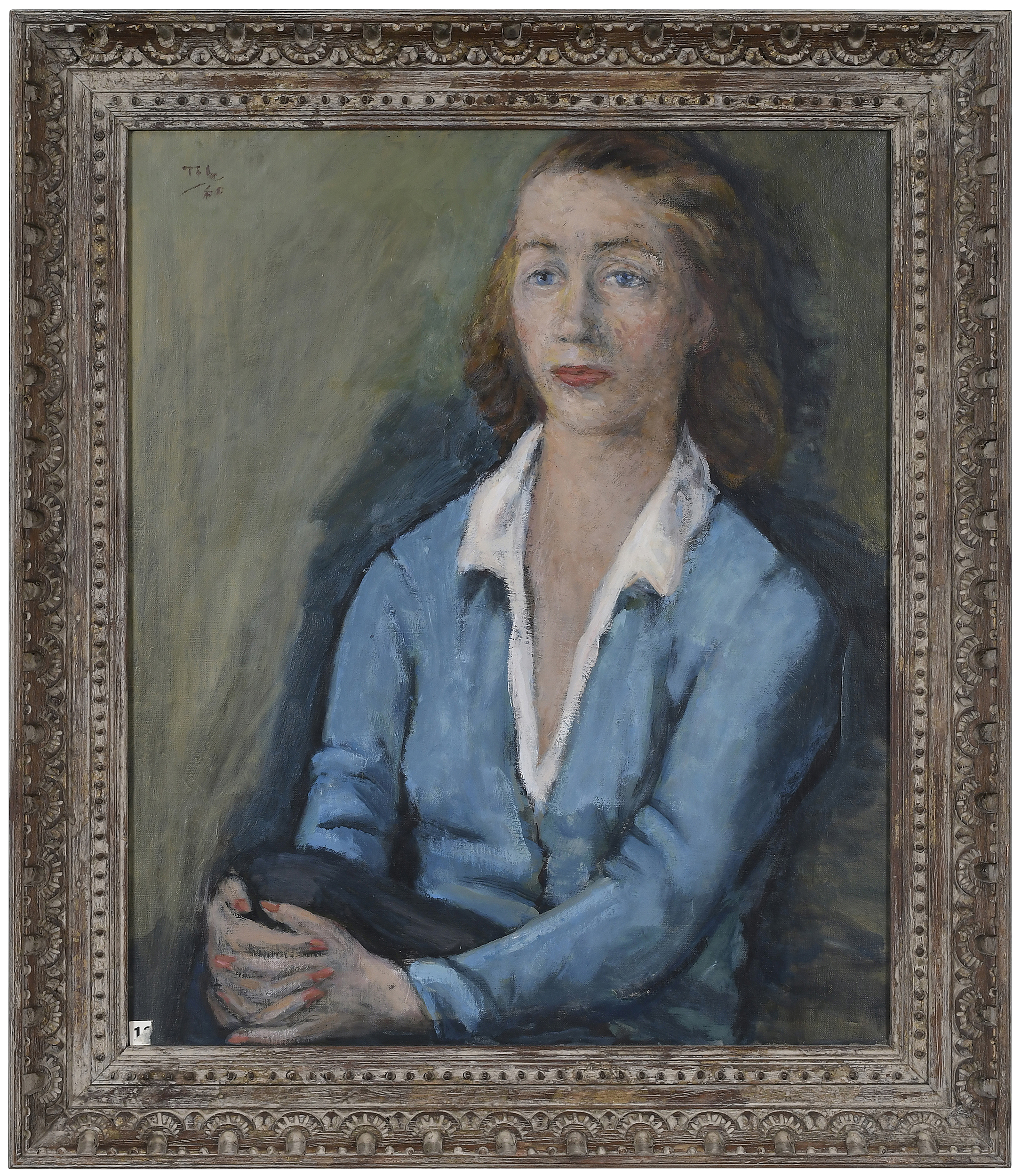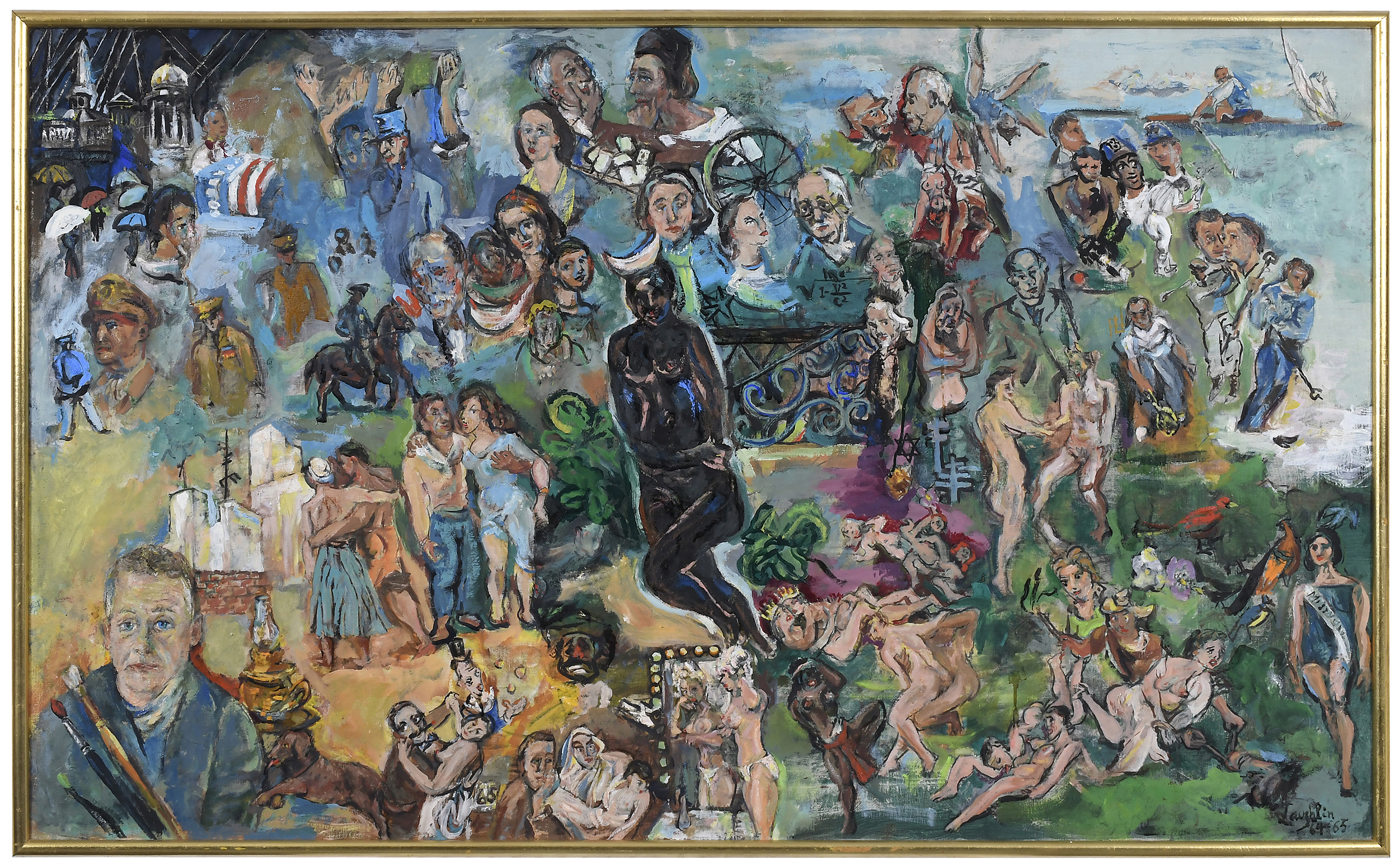From Steel to Studio: The Life and Art of Thomas Laughlin
But his work was most cherished not by his continental admirers, but by his family. The paintings Brunk Auctions is proud to offer come from the estate of Thomas’ son Michael, who was a South Carolina state senator. A renaissance man in his own right, Michael Laughlin was a talented businessman, founding and chairing Eagle Aviation and enjoying hobby aviation, indulging in equestrian and other outdoor pursuits, and volunteering his time to leadership roles throughout the town of Aiken, South Carolina, where he lived. His intense generosity, as a man who gave freely of his time, effort, and money to the community he cherished on top of possessing an acute business acumen, Michael was a beloved and well-respected community figure, whose advice and support in a wide variety of endeavors was frequently sought after and always dearly kept and appreciated once given. His interests come through in his collection, from books on sporting pursuits and shotguns for birdhunting, to works of classic literature, to some choice examples of his father’s own artistic works. Michael leaves behind a deeply personal selection, small in volume but rich in sentimentality and choicely curated. We invite you to discover this for yourselves and enjoy the results of his lifelong collecting endeavors.
World-Class Consignments and Exceptional Results




